Balancing even large unevennesses of Glass-Lined-Steel-Flange seal surfaces
The new Generation of Sealing Technology for enameled flanges and flanges with major form deviations
Sealing concept
The individual thickness of the 3D - Logic Seal - Sealing in its circumferential direction exactly follows the line of the minimal unevenness and gap between
the two sealing surfaces in radial and circular direction.
The Illustration below shows the principle of a dimensioned unevenness of a flange and its developed view.
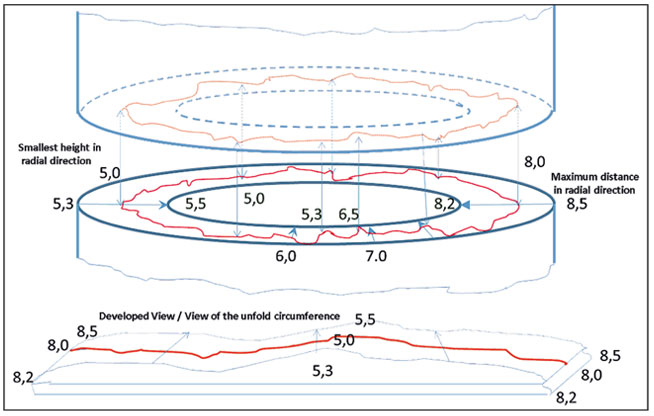
In the circumferential direction the seal exactly follows the asperities of the surfaces. In radial direction the 3D - Logic Seal - Sealing has the same thickness over the entire seal width - leading to line contact over the complete periphery.
Exactly reproducing the form of the seal face would lead to a big surface - meaning low surface pressure - which is explicitly not wanted in the sealing technology.
Due to the line contact of the flange surface to the seal surface, even with very low bolt force, a considerably high surface pressure is achieved.
Data entry of the flange surfaces
After scanning the unevenness of the seal surfaces with 3D-scanners all data are recorded with an especially developed monitoring procedure, and then calculated and finally displayed.
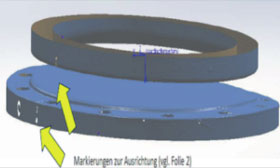
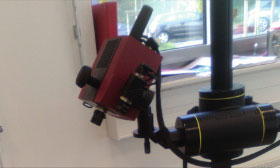
This procedure allows to precisely measure 2 flange surfaces to each other - whereas they are at different locations. The data are summarized and visually displayed in a 3D-CAD-Model as a flange pair, calculating the narrowest gap in the flange pair.
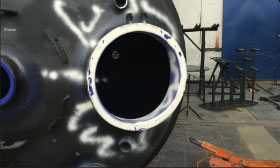
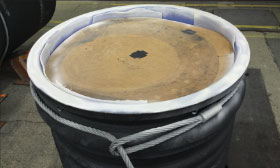

Data calculation
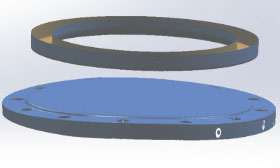
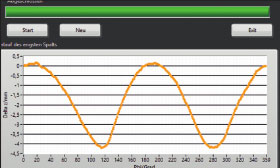
Based on the calculated data a precise, tight-fitting sealing is produced that exactly follows the line of the narrowest gap in the circumferential direction.
Data processing

Data documentation
All data are recorded and saved in a data base. In case of future sealing changes, based
on these data, further seals may easily be produced.
Seal production
Based on the acquired and saved data the seal is finally produced in a computer controlled manufacturing plant.

In general, the 3D - Logic Seal - Sealing Technology is a ground-breaking further development of the sealing
technology, especially compared to the presently used sealings and sealing methods.

- Balancing even considerable unevennesses of flange surfaces
- Line contact is achieved even with very low bolt force
- Very wide secure application area of the seal
- Sealing without complex shimming-procedures
- Simple and safe assembly
- Protection against loss of the seal connection with vacuum and pressure
- Very good chemical consistency as high quality PTFE materials are applied (modified PTFE)
- Stable and safe seal connection
- Environmentally friendly due to lower leakages
- Economic and efficient, as number of required seals is reduced
- Cost reduction due to improved downtimes
- Less product loss
- High plant security meaning reduction of possible hazards for operating staff






